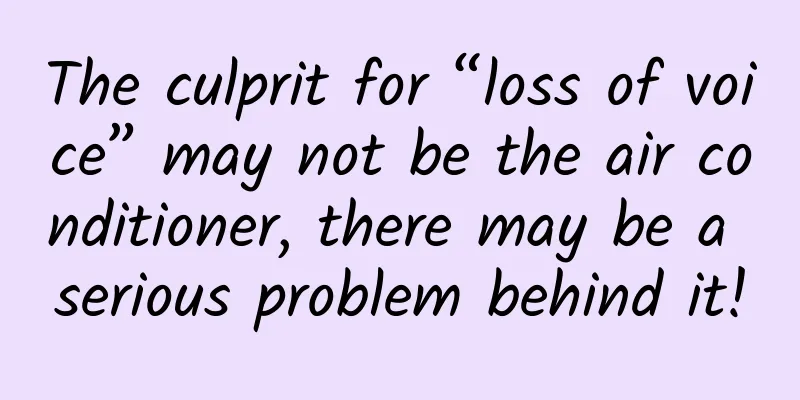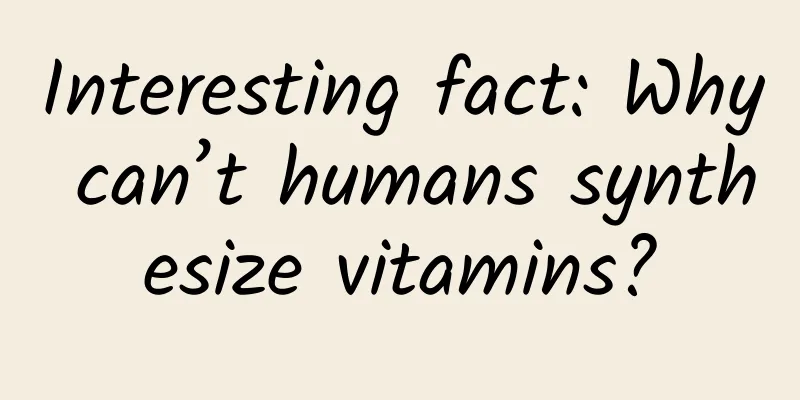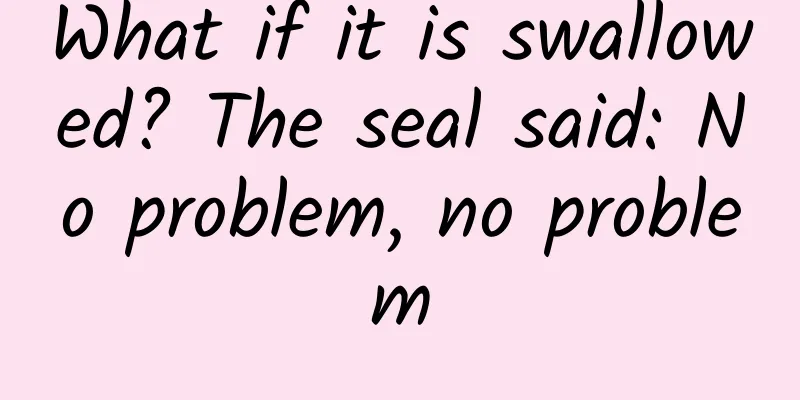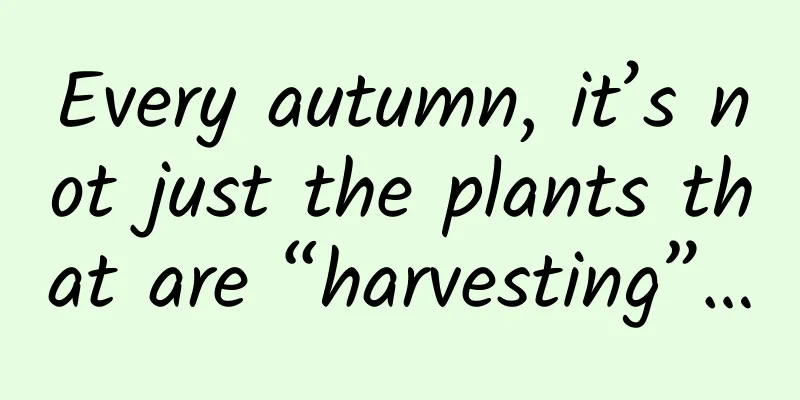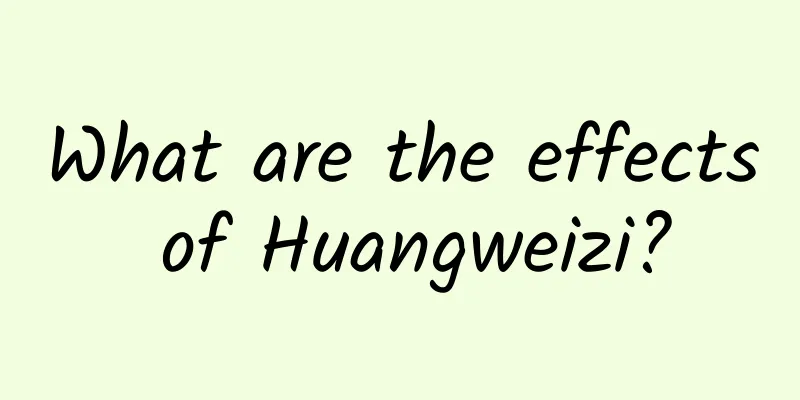Rare astronomical phenomenon! Two conjunctions of "Mars" and "Venus" in 9 days
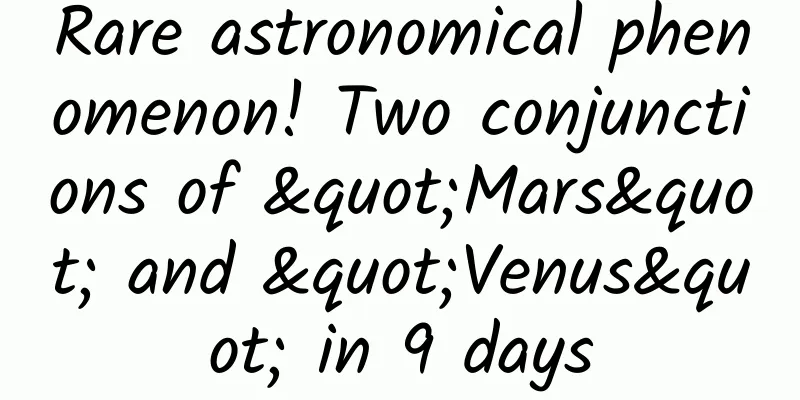
|
According to the popular science experts from the Purple Mountain Observatory of the Chinese Academy of Sciences, Juno, one of the largest asteroids in the asteroid belt, will conjunct Venus twice at 4:00 on September 13 and 7:00 on September 21. What is the matter with Juno conjunct Venus? Is it common for Juno to conjunct Venus twice in 9 days? Astronomy popular science experts reveal the secrets for you. Wang Kechao, the director of science and technology at Purple Mountain Observatory, introduced that Juno is the third asteroid discovered by humans. It is located in the asteroid belt between Mars and Jupiter. Juno, Ceres, Pallas and Vesta are the four largest asteroids in terms of mass and volume among the known asteroids, and they are also the four earliest discovered asteroids. But compared with the moon, Juno is much smaller in size. In addition, its orbit is very far from the sun, and Juno's apparent magnitude is between 7.4 and 11.5, which cannot be observed with the naked eye. The definition of "conjunction" in astronomy does not mean that two celestial bodies actually move together, but refers to the fact that the geocentric right ascension or geocentric ecliptic longitude of the two celestial bodies is the same. Specifically, when Juno and Venus are conjunct, it means that the geocentric ecliptic longitude of the two celestial bodies is the same. "It is rare for Juno and Venus to conjunct twice in a short period of time." Wang Kechao explained that Venus began to turn from retrograde to direct motion at 11:34 on September 3, and at this time Venus moved slowly from west to east. On September 13, Juno surpassed Venus and the first conjunction occurred. As Venus accelerated, Venus surpassed Juno again on September 21, and the second conjunction occurred. It was as if the two celestial bodies were "overtaking" each other. Wang Kechao said that the last time Juno and Venus were in conjunction was on March 19, 2023. After September this year, the next conjunction between the two will be on September 6, 2024. In September this year, Juno and Venus met twice, and the angular distance between them was relatively close, so the public could only see the bright Venus with the naked eye. Wang Kechao suggested that if you want to observe Juno, it is best to use an astronomical telescope with an aperture of more than 100 mm. If you want to take a picture of Venus and Juno in the same frame, you can use a telephoto lens for a long exposure. Planning: Liu Xinhui Reporter: Wang Jueyin, Qiu Bingqing Poster production: Xu Zhan Editors: Chong Dahai, Zhu Shun Produced jointly by Xinhua News Agency Domestic Department and Xinhua News Agency Jiangsu Branch Produced by Star Studio |
<<: Look here, this rocket is not ordinary!
Recommend
Bergamot root benefits and effects
There are many common Chinese medicinal materials...
The efficacy and function of Niubaiteng
Niubaiteng is a traditional Chinese medicinal mat...
What is the medicinal value of tangerine peel?
Tangerine peel is something that everyone is most...
What can't be eaten with Tianma?
Gastrodia elata is a kind of medicinal material w...
Why are girls more likely to be hurt? It’s not because they are being coquettish or pretentious, they are really more afraid of pain!
One minute with the doctor, the postures are cons...
Benefits of Maca
Maca is a cruciferous herb native to a mountain r...
What are the effects of motherwort
I believe everyone is very familiar with motherwo...
Through the "eyes" of machines, we are "seeing" a bigger world. Entering the "China Vision Valley" Shining 3D
Vision is a window for humans to perceive the wor...
Effects and functions of Taiwan lungwort
Taiwan lungwort is a kind of Chinese herbal medic...
Chocolate + soda =?
One day, I was eating chocolate and drinking soda...
The efficacy and function of Niuwangfeijincao
The development of Western medicine has brought s...
One by one, we spend money to invite more than 40 types of cancer into our lives...
What do we gain from smoking? My mouth was full o...
The efficacy and function of Panax notoginseng
Wild Panax notoginseng is one of the common tradi...
How long does it take for Cistanche deserticola to be effective?
Cistanche is a very effective medicinal material,...
Happy cancer? There are 4 types of thyroid cancer, not all of them are "easy", don't take it lightly
Recently, a news #19-year-old girl who often stay...

